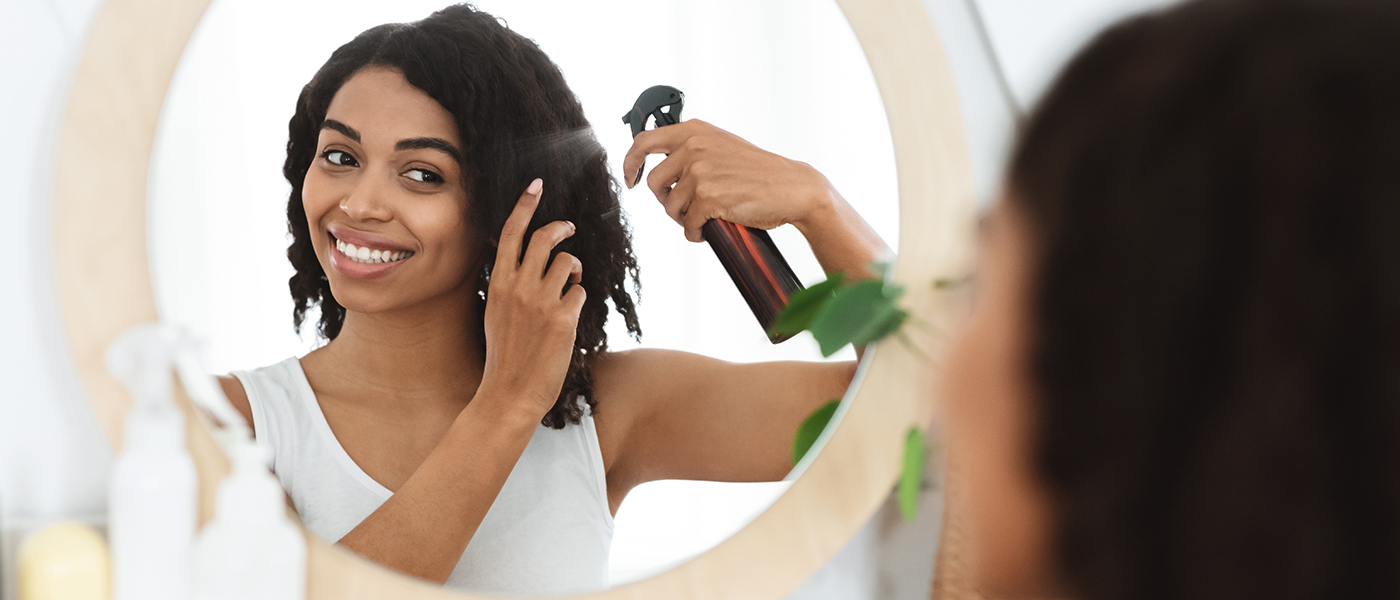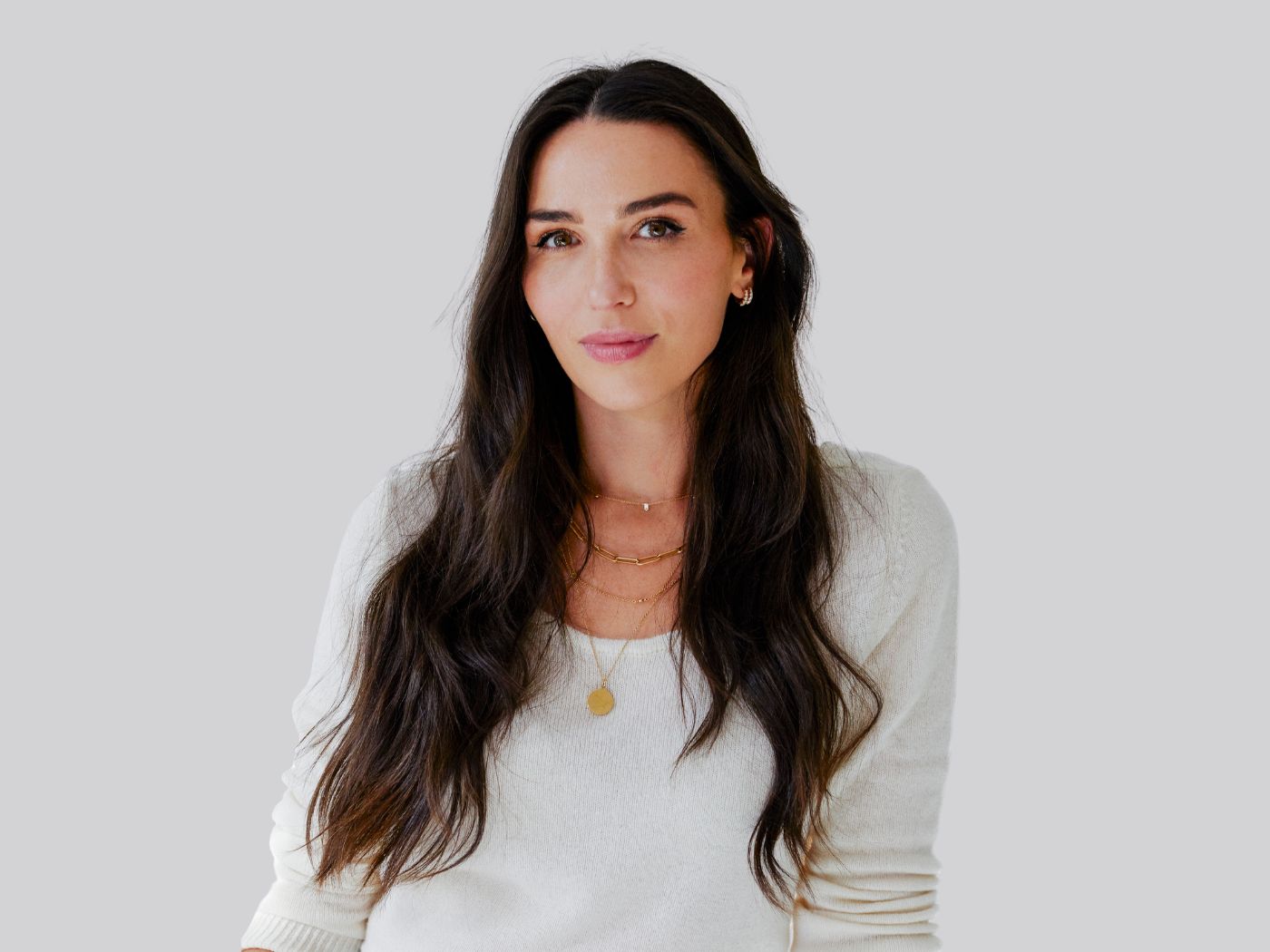More than ever before, hair care became an outlet for escape during 2020, according to Erica Culpepper, General Manager, Carol’s Daughter, SoftSheen Carson, and Thayers Natural Remedies at L’Oréal USA. Here, Erica weighs in on what trends emerged as a result of the pandemic, and where the hair category is headed in 2021 and beyond. Key insights into Black consumers’ habits are also shared, as caring for textured hair was a key market driver when salons and beauty/barber supply stores closed.
Beauty News: How were consumers feeling about their hair over the past year?
Erica Culpepper: Throughout 2020, I think each and every consumer felt more challenged in more ways and with more frequency than ever before. Beauty, and in particular hair care, became an outlet, an escape from the real world and a great opportunity to tap into self-care. From a functional standpoint, she had to educate and upskill herself on how to perform those beauty routines which she normally went to the salon for. Whether it was deep conditioning, doing her own hair color, blow outs or creating new hairstyles.
We saw her simplify her routine in a lot of ways, but there was also this really beautiful and experiential aspect to her hair care journey, where she allowed herself to indulge as an escape. It provided her much needed relaxation during a very overwhelming period.
Now, as we are coming out of the pandemic, she is excited to take everything she learned and go out and face the world again.
BN: What habits emerged?
EC: There were so many beautiful habits that emerged, including a sense of discovery. One of the biggest trends and lessons learned was discovering how to be your own stylist and colorist. Even though everything was a bit different and virtual, consumers still had to show up to work and social engagements. She still wanted to look her best and be confident, and she was turning to beauty for pick me ups. From a category perspective, she quickly jumped into home/DIY hair color and there was an increase in play time for hair care, especially conditioners and treatments.
We saw curly women of all backgrounds taking the leap to embrace their natural curls, whether that meant transitioning or taking a break from blow drying and straightening their hair. Being home for most allowed a safe space for self-discovery, to learn skills and to be more experimental to try new things and to make mistakes in a safe environment.
Community building was another thing we saw women doing. There was a great sense of community, and a true coming together. Women, and men quite frankly, were sharing their experiences, and tips and tricks with each other. A real sense of community grew out of their #quarantinehair journeys.
BN: When did you see a turn in hair care sales and interest from consumers in this category?
EC: Hair care was absolutely an essential category, as witnessed by the consumer frenzy which started from the beginning of the pandemic, which lasted through the year, depending on the category. At the start of lockdown, the total market saw record high sales across mass hair care and hair color, driven by salon closures, economic uncertainty and a stock up mentality.
Textured hair was also a key driver as the combined impact of salon closures and beauty/barber supply stores, which both significantly over-index in trips and dollars per trip amongst Black consumers, brought a new consumer into haircare and color in ways we had not seen before.
BN: Within hair care, what segments were popular? Why do you think this is?
EC: It is quite fascinating to reflect back on how the market evolved, and how the segment growth depended on what stage we were in in the pandemic. It all makes sense thinking about it in retrospect.
During the onset, shampoo was on fire, as people were desperately searching for cleansing products and stockpiling whatever they could find, even multi-tasker two-in-ones. Hair color was also on fire due to the shutdown, and continued to see record growth until salons re-opened last summer and stabilized sales.
As consumers settled into their new normal, they started to seize their newfound time into self-care moments with conditioners and treatments/masks. Treatments skyrocketed to double digit growth and continued to stay there until the end of the year.
Styling was a bit tougher category as people were not going out, but we now see a resurgence in styling and return to growth as the country is re-opening and many are excited to get out again.
Beyond the category shifts, the consumer also shifted the way she shops. Proximity and convenience/safety have become key factors, and the dynamic between online and offline shopping will continue to be integral to her shopping experience.
BN: Were any ingredients top of mind for consumers?
EC: The consumer is smarter than ever and more demanding on transparency. She wants to know what is in her product, where it comes from, how it’s made, and now more so than ever, what impact it is going to have on her health. For her, it’s just as important to know what’s in her product as it is to know what’s not.
She is honing in on clean beauty and sustainability, looking for key markers such as safety, waste, waterless, and the overall impact ingredients can have on the environment and her own health, i.e., immune boosting ingredients.
She also continues to be very interested in natural ingredients in hair care, including rice water, rose water, and essential oils, just to name a few.
On July 13, CEW will be hosting its 2021 Beauty Creators Finalists Reveal, where for the first time an entire (virtual) event will be dedicated to sharing this year’s CEW Beauty Awards Finalists. Join the beauty industry next month to hear dozens of experts speak on a variety of beauty topics and trends, and to learn the Finalists in hair care and 28 other categories, by clicking here.




